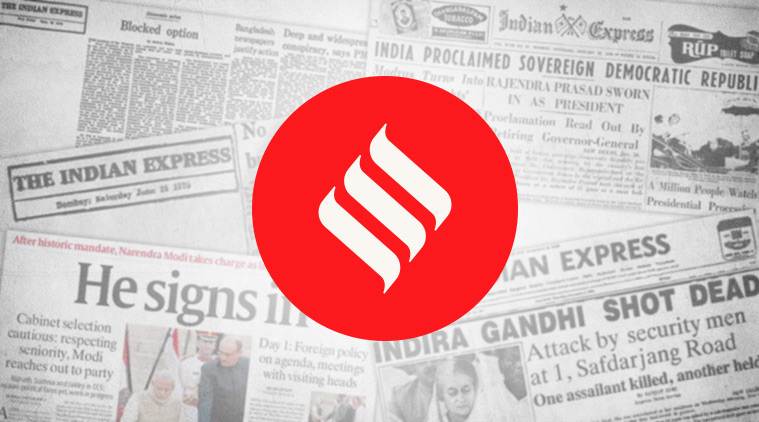
How much of a factor farm distress is in the current Lok Sabha elections will be known only on May 23, the day of counting. What’s clear, though, is that the party or coalition in power next cannot afford to ignore the challenges facing agriculture. The new government will, to start with, have to deal with the prospect of a not-so-good monsoon. The Met Department has, in its April 15 forecast, predicted overall rainfall for the southwest monsoon season (June-September) at 96 per cent of its historical long period average. This prognosis of a “near normal” monsoon must, however, be tempered by the warnings of global weather agencies vis-à-vis El Nino — the abnormal warming of the equatorial eastern Pacific Ocean waters, seen to adversely impact rainfall in India.
But the real challenge for agriculture isn’t weather-related. The Narendra Modi government’s tenure has actually witnessed bumper harvests on a whole, despite monsoon failures in 2014 and 2015. The pressure on farm incomes has come more on account of low prices. That, in turn, is a result of the end of a decade-long global commodity boom after 2014 and also domestic policy measures, whether relating to export, internal trade and stocking restrictions (in the name of inflation targeting) or demonetisation. These have ultimately impacted sentiment and liquidity in the mandis. The sufferers from the lack of buying interest for agri-produce — the best indicator of it being consumer food inflation ruling below general retail inflation for 31 months running since September 2016 — have been farmers.
Reviving sentiment — both amongst the trade to buy and stock up as well as agri-businesses to invest in modern processing, warehousing, transport, finance, research and extension — should be a top policy focus for the next government. Indian agriculture can do with a lot of supply-side reforms to unleash the true potential of a sector for generating jobs, both on- and off-farm. It is welcome to see the BJP promising to institute a “predictable export and import policy” for agriculture and the Congress poll manifesto stating that its government “will repeal the Agricultural Produce Market Committee Act” and make trade in farm commodities “free from all restrictions”. Equally reassuring is the focus of the two main national parties on direct cash transfers and income support, which are less market-distorting than physical grain purchases at unrealistic minimum support prices or provision of fertiliser, electricity, water and credit at way below economic cost. The Modi government squandered an opportunity to address these distortions. This luxury will not be available for the government that takes over after May 23.